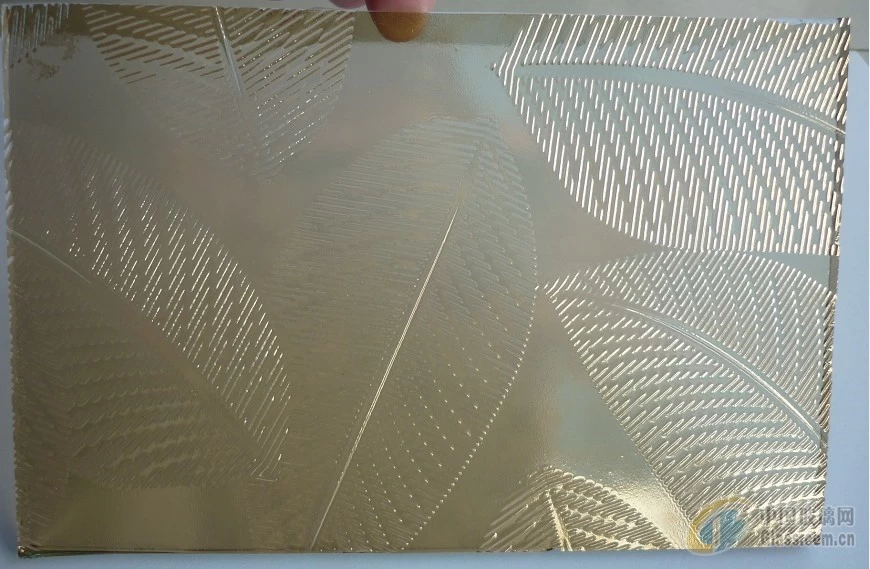|
The production process of glass includes: batching, melting, forming, annealing and other processes.
1. Pre-processing of raw materials. The bulk raw materials (quartz sand, soda ash, limestone, feldspar, etc.) are pulverized to make the wet raw materials dry, and the iron-containing raw materials are subjected to iron removal treatment to ensure the quality of the glass.
2, preparation of batch materials. Depending on the product, the composition of the batch material is slightly different. For example, ordinaryFloat glassThe mix (calculated according to 1 weight box or 50 kg) requires consumption of 33.55 kg of quartz sand, 2.96 kg of limestone, 8.57 kg of dolomite, 11.39 kg of soda ash, 0.55 kg of Glauber's salt, 3.45 kg of feldspar, 0.03 kg of carbon powder, etc.

3. Melting. The glass batch is heated at a high temperature (1550-1600 °C) in a kiln or kiln to form a uniform, bubble-free liquid glass that meets the molding requirements.
4, molding. Process liquid glass into the desired shape of the product, such as flat glass, various utensils, etc.
5, heat treatment. Through annealing, quenching and other processes, eliminate or produce internal stress, phase separation or crystallization of the glass, and change the structural state of the glass.
|